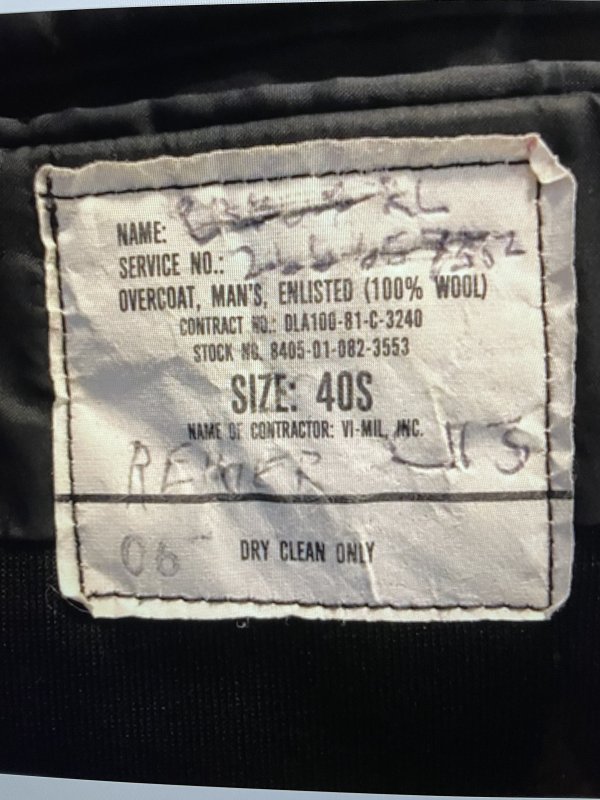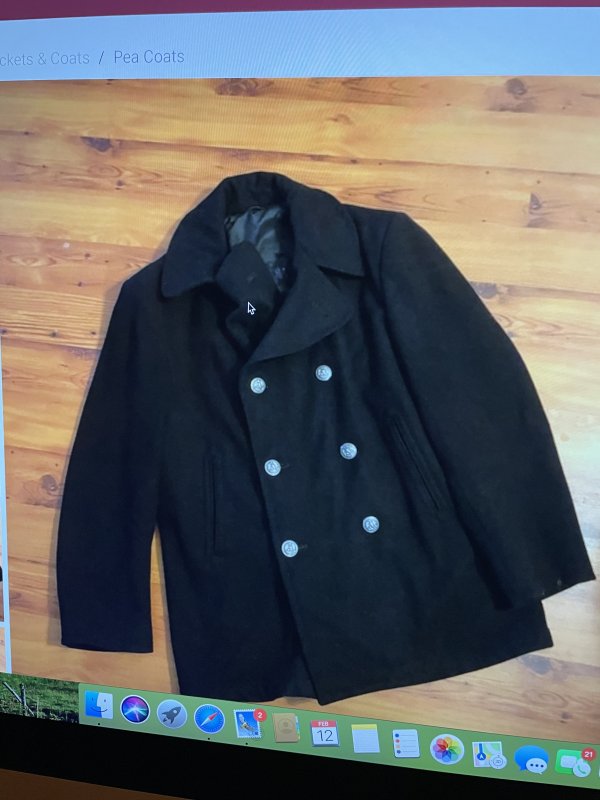Dudley
Familiar Face
- Messages
- 91
I will be interested in your report on the finish/fabric of your 1949 Jacket score. My 1949 is a bit heavier feeling and the finish is more textured compared with my WWII's which has a stiff, smooth, more refined look and feel. My 1966 also has a more refined texture. So I will wear the more refined jacket with a collared shirt, and the more textured/informal version with a sweater. It is nice to have both. But at the end of the day, the peacoat is one of the most versatile jackets. I am splitting hairs.It was
It was, thanks!




